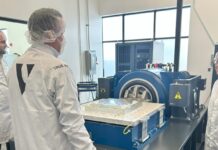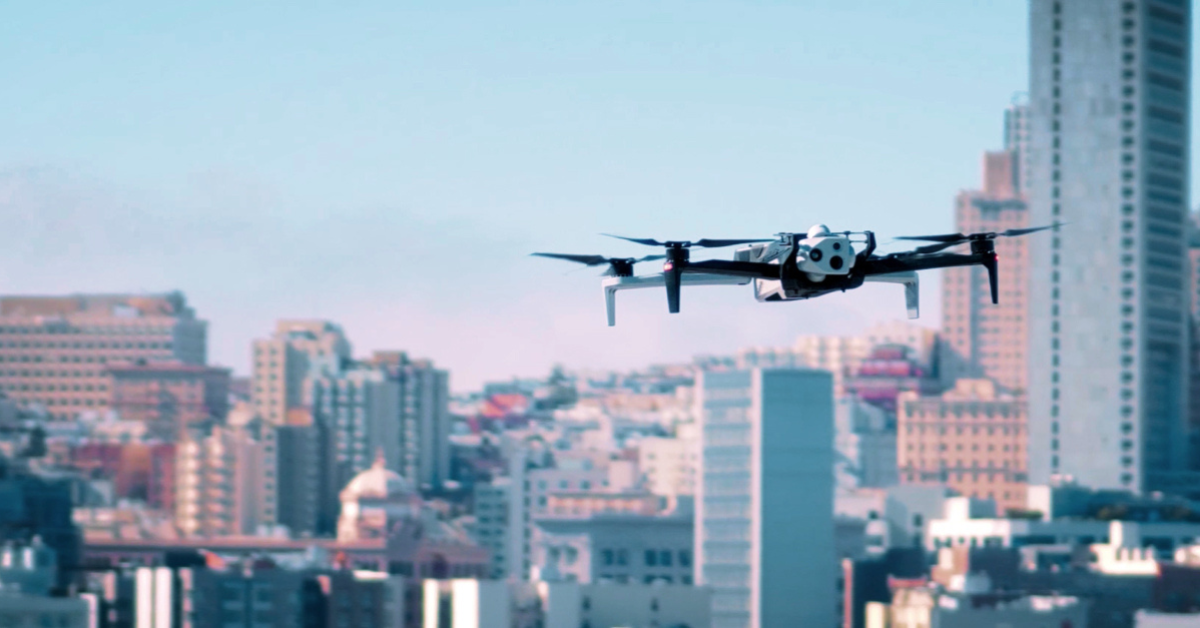Revolutionizing Emergency Response: Autonomous Drones as First Responders
In recent years, the landscape of emergency response has undergone a significant transformation with the introduction of autonomous drones. Cities like New York, San Francisco, Las Vegas, and Oklahoma City have embraced this cutting-edge technology, deploying drones to respond to 911 calls. Over the next year and a half, hundreds more cities across the United States are expected to implement similar programs. These drones are not only enhancing safety for both citizens and first responders but also improving efficiency and reducing costs. By arriving at emergency scenes within seconds, drones provide vital information to police officers and firefighters, increasing transparency and accountability in public safety. Additionally, they are utilized for inspecting infrastructure such as buildings, roads, and railways, contributing to more efficient city operations.
Autonomous drones have quickly become an integral part of the infrastructure that supports essential industries, offering real-time, digital access to various elements of our world. This marks a new chapter in the evolution of drones, transitioning from recreational toys to essential tools and now to indispensable infrastructure components.
The Evolution of Drone Technology
About 15 years ago, quadcopter drones were primarily seen as toys for children. As technology advanced, equipping these drones with high-quality cameras transformed them into valuable tools for skilled pilots. Early adopters in fields such as law enforcement, energy, construction, and other industries began experimenting with drone applications. A decade ago, the Silicon Valley tech scene recognized the potential of drones, leading to billions of dollars in investment. Predictions were made about skies filled with drones; however, initial efforts saw limited success, with many companies failing and investments lost. China emerged as a potential leader in drone technology, yet progress remained uncertain.
Then, a breakthrough occurred. Over the past two years, advancements in hardware and software have enabled autonomous flight on a large scale. Regulatory barriers began to diminish, and customer adoption surged. The envisioned future of drones began to materialize rapidly.
Skydio’s Pioneering Role
In 2014, Skydio made a bold move by investing in AI-driven autonomy, starting with the development of their first autonomous drone in a Burlingame, California basement. They also committed to U.S.-based production. A decade later, these strategic decisions are paying off with the launch of the Dock for X10. The momentum in their public safety business is a testament to the transformative power of Drone as First Responder (DFR) technology. Skydio currently supports around 600 public safety agencies, with a remarkable year-over-year growth in public safety bookings of 800%. Agencies, regardless of size, are embracing the swift and safe response capabilities that drones offer.
In November, New York City Mayor Eric Adams and NYPD leadership announced updates to their DFR program, which began in June. They emphasized that drones are proven technology, integral to law enforcement. Other cities, such as Philadelphia, Las Vegas, West Palm Beach, Tulsa, and San Francisco, have also showcased their DFR programs. This trend is mirrored in the energy sector, with companies like Idaho Power and American Electric Power (AEP) redefining power grid maintenance and wildfire risk mitigation. This sector has experienced over 100% year-over-year growth.
Strategic Partnerships and Investments
Recognizing the importance of partnerships in realizing this vision, Skydio has announced collaborations with KDDI, a leading telecommunications provider in Japan, and Axon, a prominent public safety technology provider. These companies are co-leading a Series E extension investment of more than $170 million, adding to the $230 million announced earlier in 2023, bringing the total Series E funding to over $400 million. Existing investors include NVIDIA, Andreessen Horowitz (a16z), Linse Capital, IVP, and Next47.
The partnership with KDDI aims to expand Skydio’s business in Japan by inspecting critical infrastructure and deploying docked drones for inspections and emergency response across the country. Axon, an existing investor, is deepening its partnership with Skydio to accelerate the deployment of a fully integrated, world-leading DFR solution, transforming policing. The DFR Command platform seamlessly integrates with Axon’s suite of technology products, enhancing digital evidence management and real-time crime center software.
Rick Smith, Axon’s CEO, encapsulates the partnership’s vision: "At Axon, we’re driven by one mission: to protect lives. Partnering with Skydio brings that mission to life in powerful ways, with drones acting as first responders to deliver unmatched situational awareness and safety. This ongoing collaboration shows that, together, our combined technology gives responders the real-time insight they need to make faster, safer decisions, keeping themselves and the public out of harm’s way."
The Future of Autonomous Drones
The era of network-connected autonomous drones—capable of flying themselves automatically and controlled remotely over the internet—is upon us. These drones are operating over cities and critical infrastructure, marking a significant transformation. As we look to the future, it’s evident that the landscape of technology and trust in these systems will differ from the past. The United States is at the forefront, equipped with the technological prowess needed to lead this drone revolution.
Autonomous drones are no longer a distant vision; they are rapidly becoming a reality, reshaping how we perceive and respond to emergencies. They are enhancing safety, efficiency, and transparency in public safety and beyond. As cities continue to adopt this technology, we are witnessing a paradigm shift that promises to redefine emergency response and infrastructure management for the better.
For more Information, Refer to this article.


































